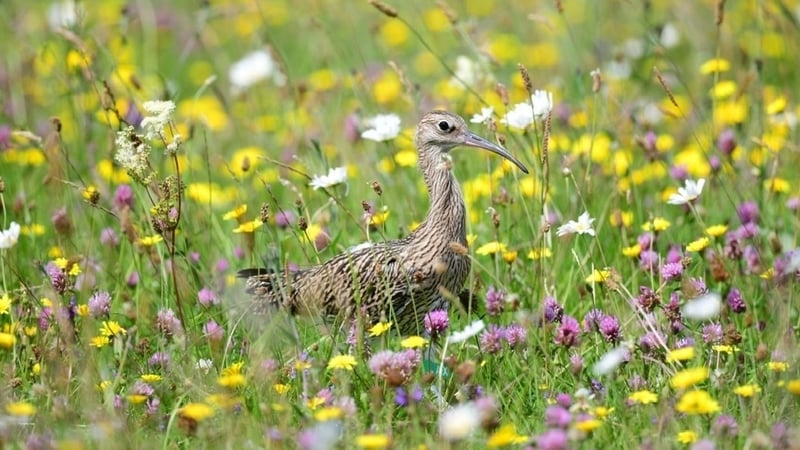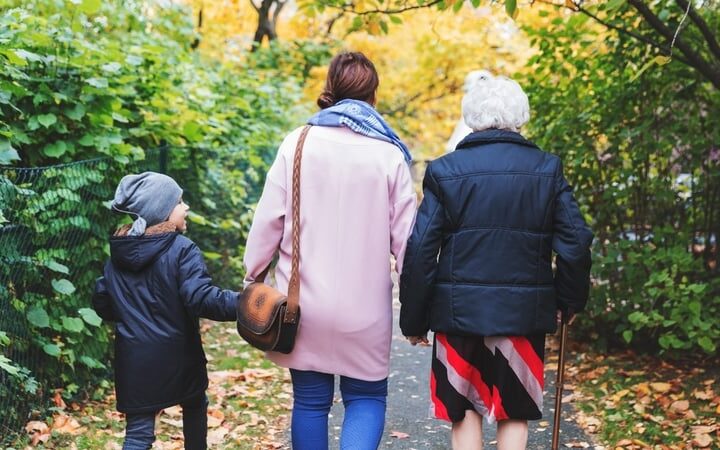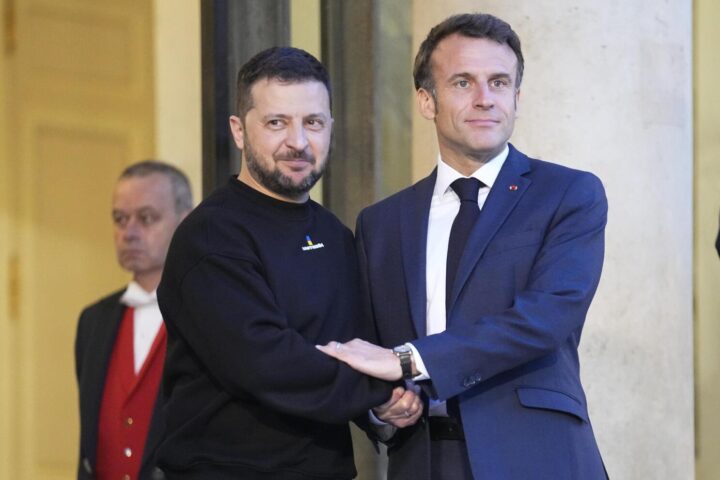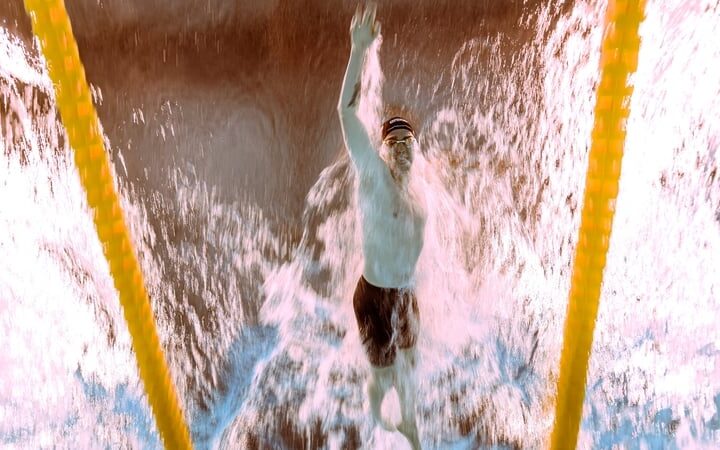A group of nine curlew, a bird species that has seen most of its population lost in Ireland since the 1980s, has been reintroduced to the wild on Lough Ree near Athlone as a part of a conservation project.
The Breeding Waders EIP initiative involves eggs being removed from the endangered species’ nests and incubated at Fota Wildlife Park, before the newly-hatched fledglings are later set free.
On Sunday, the birds were released on Inchbofin on Lough Ree, with the uninhabited island offering a safe environment for the birds to thrive in.
Senior Project Manager with the project Owen Murphy said that in conservation, especially with ground-nesting birds, “you can have a lot of bad days because they are very vulnerable”.
“They’re in egg stage on the ground and they’re in chick stage on the ground,” he said.
“So for days like today that we have nine fledged birds back into the wild, all healthy and all feeding as soon as we let them out, it’s hugely important and there’s great satisfaction after all the effort that’s been put in.”

The release of the curlew on Lough Ree is the end of what is known as a headstarting project, which involves taking wild eggs and incubating them and – once they hatch – putting the birds back into the wild.
Mr Murphy said headstarting “removes that period that they’re really at risk, both in an egg and as a very young chick”.
The Irish curlew population has declined by around 98% since the 1980s, with just around 100 pairs of the species left.
As a result, the Breeding Waders project manager said releases like this are “really significant”.
“As well as today, we have another release in another couple of weeks at Lough Corrib (Co Galway) where we’ll be putting 17 birds back into the wild,” Mr Murphy said, adding that such reintroductions are “hugely important”.
“In Ireland we’ve had declines of over 98% in our curlew population, so devastating declines.”
The curlew were brought to Inchbofin when they were between 22 and 27 days old, and were in a pen on the island for nearly three weeks leading up to their release.
This was to make sure they grew strong enough to survive in the wild and until they showed signs of being able to fly – meaning they would be more likely to be able to escape from predators.
Prior to that, they were looked after at Fota Wildlife Park, when they were still in their eggs.

Jessica Hodnett from Fota Wildlife Park, who has known the nine released curlew since then, said their reintroduction could not have gone better.
“They looked healthy, happy, strong and they came out nice and slowly and acclimatised themselves and we even got some flying,” she said.
On the role Fota plays in the project, Ms Hodnett said: “We look after all the egg incubation, so we collect eggs from the conservationists, we assess the health of the egg and try and maximise the hatchability.
“We look at all aspects of the incubation and the early-stage rearing, so the first 30 days of the chicks’ lives when they’re at their most vulnerable we rear them and give them a head start.”
‘Each one is essentially a golden egg’
Ms Hodnett said watching the curlew leave their pen on the island was “quite emotional”.
“We’ve looked after the birds since day dot – since they were eggs and each one is essentially a golden egg. So to get them from egg stage all the way through to flying and into the wild, it’s amazing.”
Green Party Senator Malcolm Noonan was minister for nature last year when the five-year €25 million Breeding Waders project was launched. On Sunday, he was on Lough Ree to see its first result.
The senator said that “nature restoration and projects like this show how important it is to front-load investment in conservation”.

“It’s about collaboration with local land owners, and as we see here with Fota Wildlife Park,” the senator said.
“Until we get to a point where we can scale up nature restoration and reconnect our habitats and deal with habitat fragmentation, I think projects like this are going to be required into the future,” Senator Noonan added.
Measuring success
The release of the birds on Lough Ree comes a year into the five-year, €25 million initiative, and adds to the around 100 pairs of curlew living wild in Ireland.
However, when it is finished, Mr Murphy said measuring the project’s impact “can be hard and it can take some time.
“The population is still decreasing, so we’re hoping towards the end of the project that a national survey will show that that decline has stopped,” Mr Murphy said.
“These projects are short-term. If you think they’re declining for 40 years, it would take 40-50 years of effort to try and get them back up again, so we’re the first step in what will hopefully be recovery over the next 25 to 50 years for the curlew.”










